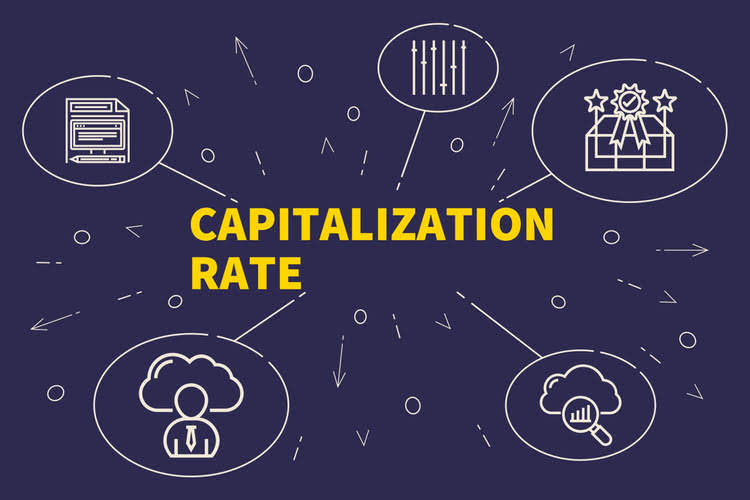
In 2023, the van will be used for 3 months only (January to March) since it has a useful life of 5 years (i.e. from April 1, 2018 to March 31, 2023). Functional or economic depreciation happens when an asset becomes inadequate for its purpose or becomes obsolete. In this case, the asset decreases in value even without any physical deterioration. Spare parts, stand-by equipment, and servicing equipment are not considered to be PPE unless they comply with the standards defining the term. The Ascent is a Motley Fool service that rates and reviews essential products for your everyday money matters. We’re firm believers in the Golden Rule, which is why editorial opinions are ours alone and have not been previously reviewed, approved, or endorsed by included advertisers.

The straight-line method is a commonly used method for calculating depreciation, especially for assets that have a predictable useful life. The straight-line method involves dividing the cost of an asset by its useful life to determine the annual depreciation expense. Depreciation and a number of other accounting tasks make it inefficient for the accounting department to properly track and account for fixed assets. They reduce this labor by using a capitalization limit to restrict the number of expenditures that are classified as fixed assets. The accounting for depreciation requires an ongoing series of entries to charge a fixed asset to expense, and eventually to derecognize it.
Is there any other context you can provide?
Detailed depreciation records support better decision-making, allowing managers to discern when it’s optimal to replace, upgrade, or maintain assets, thereby enhancing operational efficiency. Sometimes referred to as PPE (Property, Plant & Equipment), they are physical items held for use to operate a business. This may include wiring, switches, sockets, light fittings, fans, and other electrical fittings. Every country’s regulatory bodies determine how furniture and fittings are depreciated. With this method, your monthly depreciation amount will remain the same throughout the life of the asset. Like double declining, sum-of-the-years is best used with assets that lose more of their value early in their useful life.
If most of the benefit arises in the early years then an accelerated depreciation method is best. If the benefit falls evenly over the life of the asset then the straight line depreciation method is best. As you have seen, when assets are acquired during an accounting period, the first recording of depreciation is for a partial year. In the income statement, depreciation is recorded as depreciation expense journal entry an expense, reducing the firm’s overall profits. Although it’s a non-cash expense, it affects net income—and thus earnings per share—contributing to a more accurate depiction of a company’s profitability. Capital expenditure budgeting involves the planning and tracking of significant investments in long-term assets, helping businesses manage costs without accounting for depreciation.
How to calculate the depreciation
The journal entry for depreciation is considered an adjusting entry, which are the entries you’ll make prior to running an adjusted trial balance. This method requires you to assign all depreciated assets to a specific asset category. An updated table is available in Publication 946, How to Depreciate Property.
By maintaining records of your expenses, you can better understand the cost of running your business and calculate your profits. The IRS publishes depreciation schedules indicating the number of years over which assets can be depreciated for tax purposes, depending on the type of asset. This amount is then divided by the number of years in the asset’s useful lifespan, and then that amount is further divided by twelve to calculate the monthly depreciation of the asset. Depreciation expense reduces taxable income, as it is an expense that is deducted from revenue. In other words, it reduces the amount of income that a company has to pay taxes on.